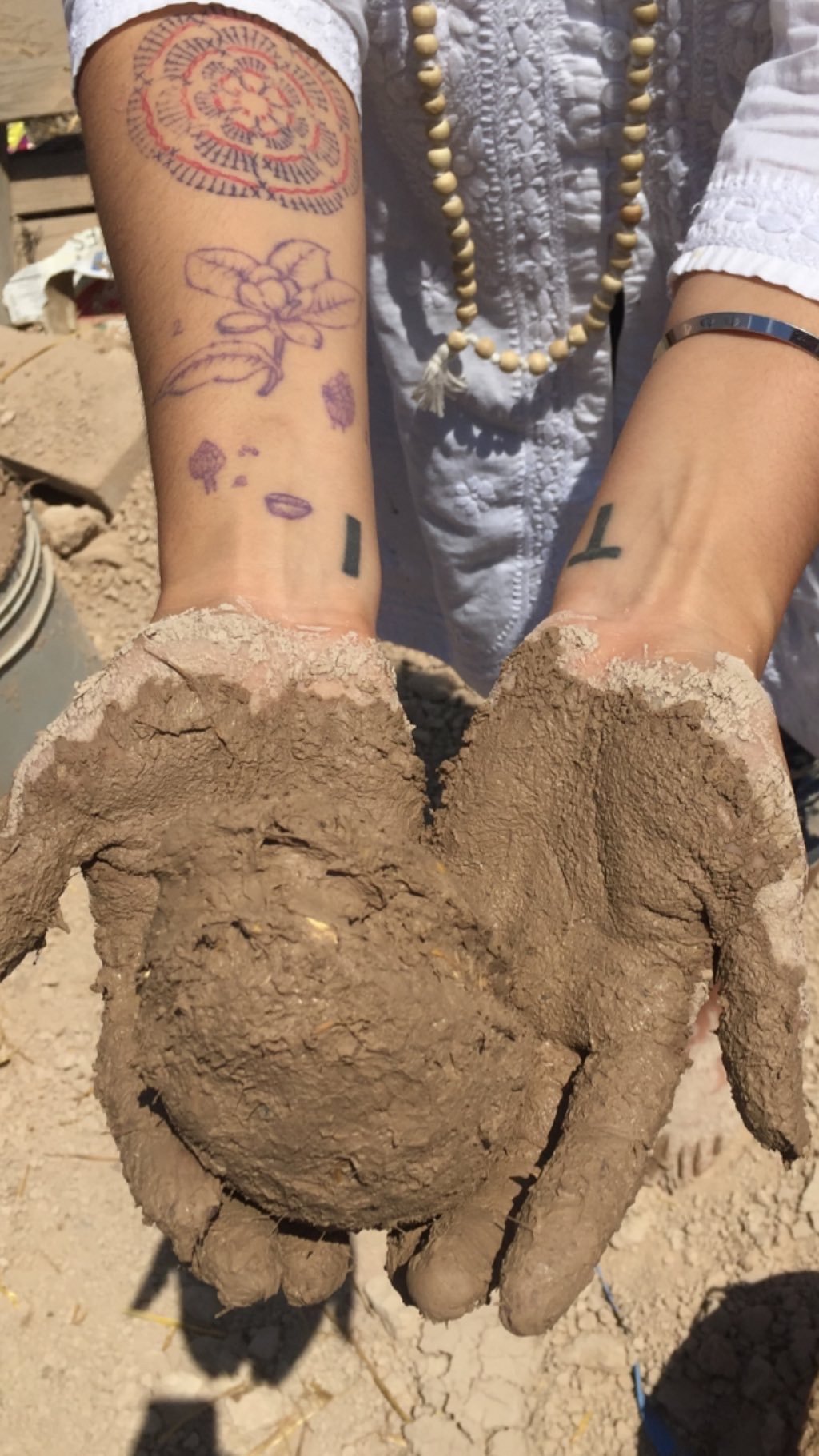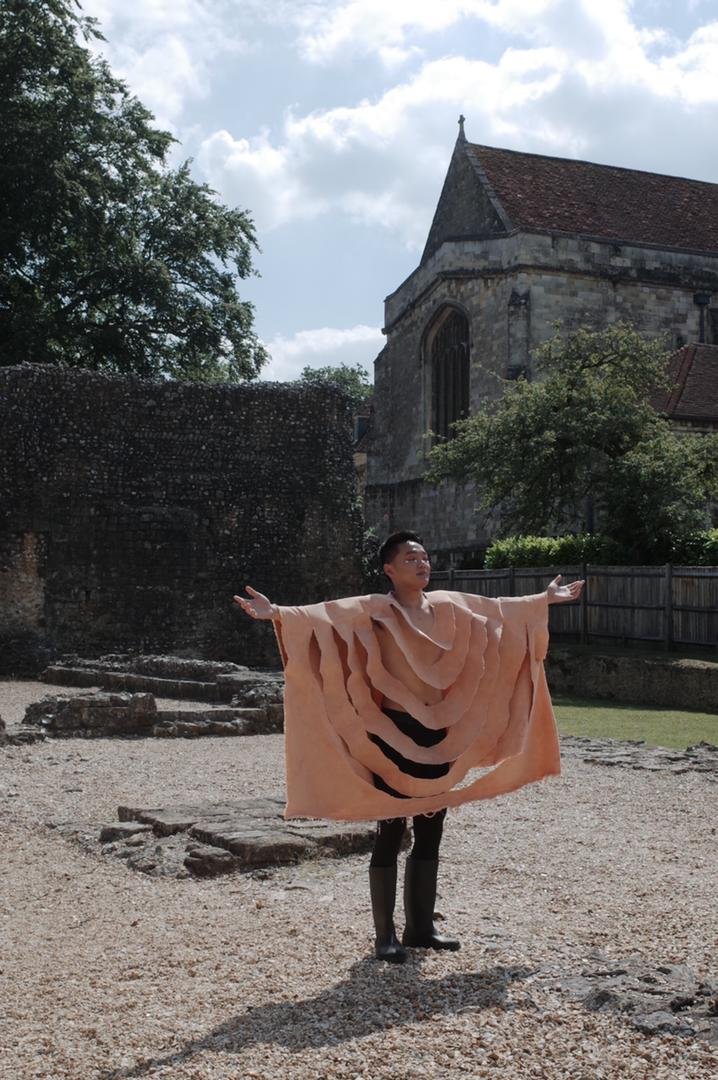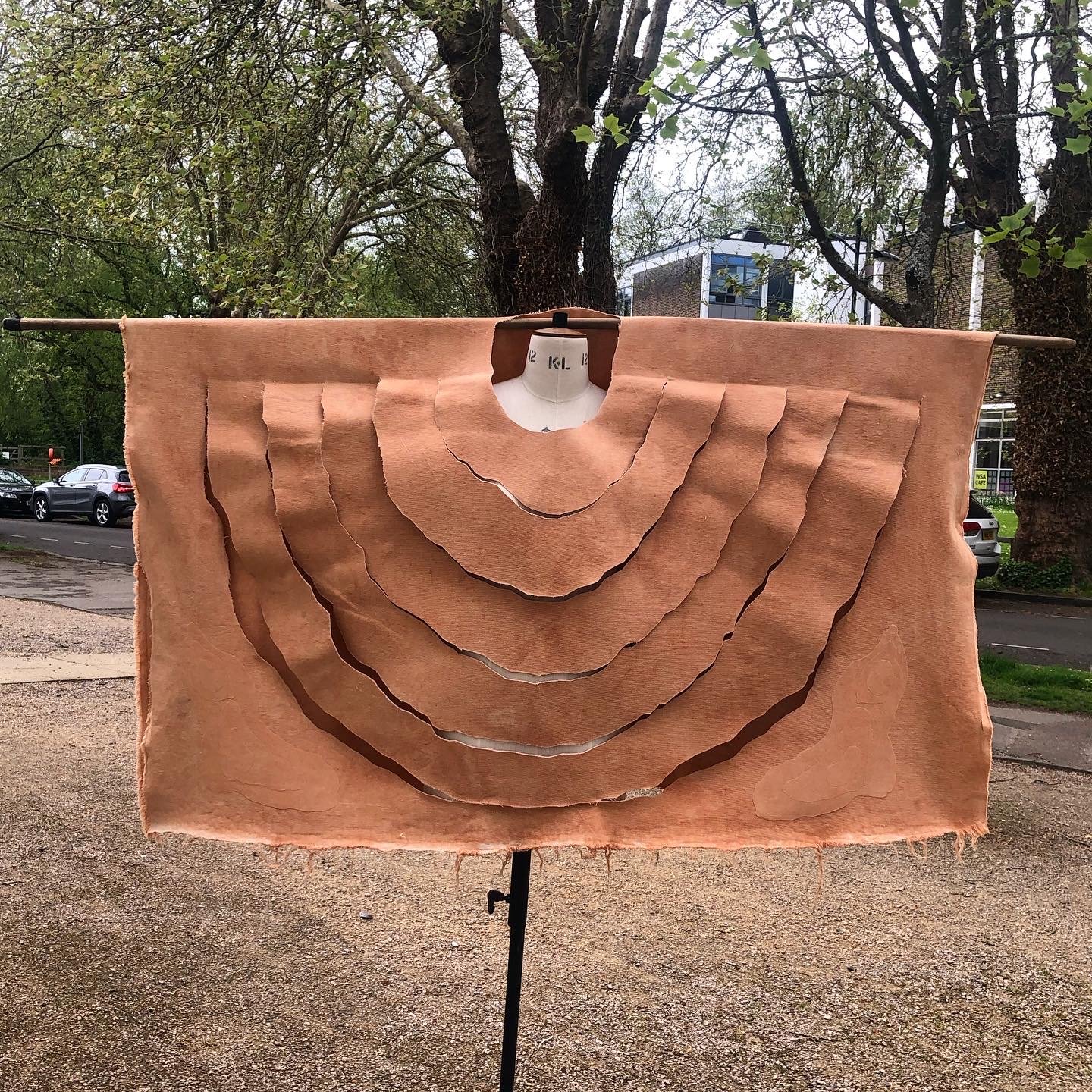HUIPIL DIGITAL
Between 2019 and 2020, I engaged in a battle against a Canadian mining company aiming to establish operations in the Samalayuca desert, encroaching upon a protected natural area in the Chihuahuan Mexican desert. This experience prompted deep reflections on the repercussions of voracious capitalism, which daily annihilates countless ecosystems.
Mining issues in Latin America have led to the displacement of thousands, triggering migratory flows and conflicts over water and territory. These corporations, originating from first-world countries, have historically exploited and colonized the global south through the neoliberal project. Ironically, they contribute to harsh conditions, fueling mass migration processes while denying entry to refugees.
The gravest concern arises when chemicals like arsenic are employed in extractive processes, contaminating water and soil. The resulting damage is nearly irreparable, impacting the lives of thousands of species, including human life.
In contemplating the intersection of economic policies with bodies of color, I delved into a decolonial perspective, initiating research on the history of Malinche—an empress of the Olmec civilization turned slave during the arrival of colonizers in America. Her story mirrors that of many indigenous and mestiza women abused by the Spaniards. Reflecting on the interconnection between violence against women's bodies and damage to Mother Earth, similarities emerge, as forms of violence directly impact these corporeal cartographies.
Her huipil, a Mexican textile piece, became a powerful expression of ongoing colonization. From an aesthetic perspective, the huipil carries profound meanings related to ceremonies and codes, including references to sacred elements like corn, rain, water, the great spirit, the sun, and the land. Recreating a new code infused with modern technologies within art emerged as a potent idea.
“From an aesthetic perspective, the huipil carries profound meanings related to ceremonies and codes, including references to sacred elements like corn, rain, water, the great spirit, the sun, and the land”.
Collaborating with architects from Atlas Materia Prima, we created a photographic archive depicting the aesthetics of exploitation. This visual material was used to craft digital textures projected onto the huipil through visual mapping. Working with red clay and utilizing large-scale dyeing techniques enriched the textile with a brick color, aligning seamlessly with the work's concept. This approach offered a gratifying alternative to chemical pigments that pollute water.
Throughout the process, I observed changes in folds and fabric details due to dyeing, prompting adjustments for the final work. The prototype showcased fascinating aspects, including fabric beards and patch cartography details.
Importantly, environmental devastation practices, such as mining, are inherently linked to environmental racism, disproportionately affecting populations of color.
In conclusion, the digital huipil targets an international audience, envisioned for galleries or textile exhibitions. This exploration into history serves as a method to recreate and transfer it to contemporary art, delivering messages relevant to our time. It functions as a form of complaint through textiles, encapsulating the identity of my country—a mystical place steeped in life, traditions, and resilience.









